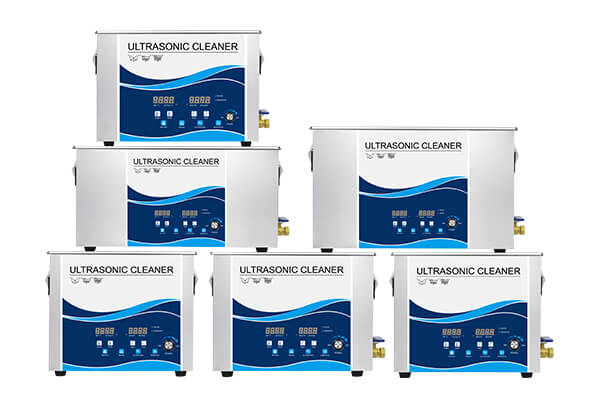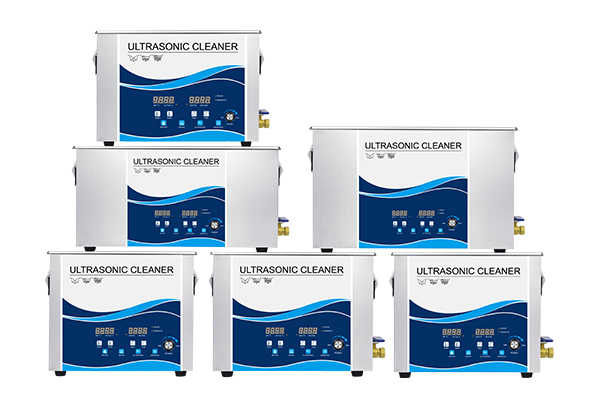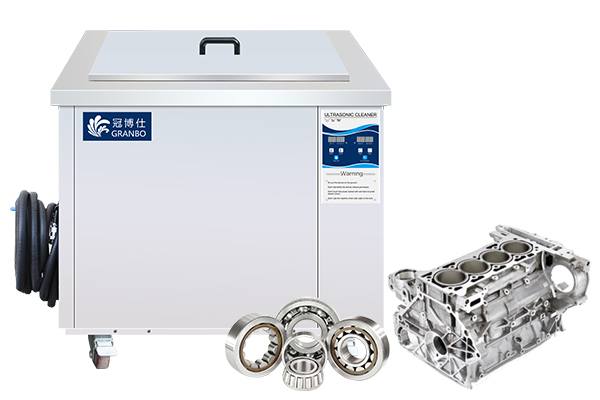In the selection of industrial equipment, standard equipment and non-standard equipment are two common options. However, there are significant differences between them, and we will explore them in detail below.
Literal meaning analysis
Standard equipment: Standard equipment is mechanical equipment manufactured according to unified industry standards, including type, specifications, performance, dimensions, drawings, tolerances and fits, technical document numbers, etc., all of which comply with unified standards.
Non standard equipment: Non standard equipment refers to equipment that is customized and manufactured according to the specific needs of users, and is not constrained by industry standards. Its appearance or performance may not be included in the national equipment product catalog.
Versatility comparison
Standard equipment: usually mass-produced according to industry standards, with a certain degree of universality, able to meet the needs of various industrial application scenarios.
Non standard equipment: Due to being customized according to specific needs, it is usually non universal or specialized and can only meet specific usage requirements.
Comparison of functionality and complexity
Standard equipment: It has a single function and wide performance, and can meet the requirements of other similar devices, usually with low complexity.
Non standard equipment: It has specialized functions and a high degree of customization, with relatively high complexity, as it must meet specific usage requirements.
Comparison of cost and production cycle
Standard equipment: Due to the use of standardized design and production processes, the production cycle of semi standard fixed equipment is usually shorter, which can meet customer needs faster.
Non standard equipment: The design and manufacturing cycle of non-standard fixed equipment is relatively long, as it requires comprehensive customization according to the specific needs of customers and may involve complex processes and technologies, resulting in higher prices.
How to choose the appropriate device?
Requirement analysis: Firstly, a detailed analysis of production requirements should be conducted, including technical requirements, environmental conditions, budget, and other aspects.
Comparison of advantages and disadvantages: Compare the characteristics and advantages of standard equipment and non-standard equipment, and choose based on actual needs.
Customization level: Select the customization level of the equipment according to the needs. If specific requirements need to be met, non-standard equipment can be considered.
Cost performance evaluation: Taking into account factors such as equipment price, performance, and service life, evaluate the cost-effectiveness of the equipment and select the appropriate one.




